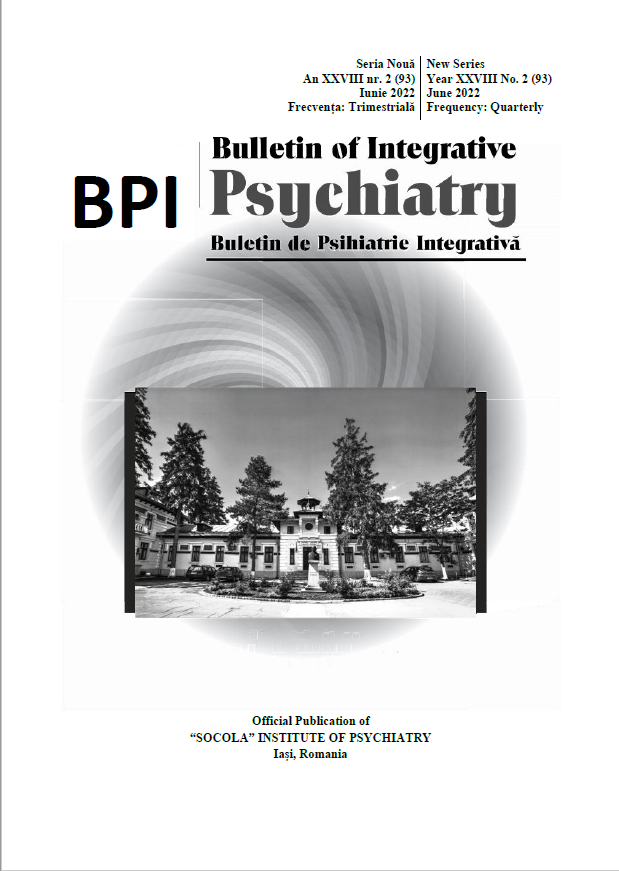Recent developments in Parkinson’s disease psychosis: a systematic review
Recent developments in Parkinson’s disease psychosis: a systematic review
Author(s): Ovidiu Alexinschi, Emanuel-Andrei Sirițeanu, Cristina-Elena NedelcuSubject(s): Essay|Book Review |Scientific Life, Neuropsychology, Health and medicine and law
Published by: Editura Sedcom Libris Iasi
Keywords: Parkinson’s disease; psychosis; treatment;
Summary/Abstract: Parkinson’s disease represents a chronic neurodegenerative process that impairs the dopaminergic neurons in substantia nigra pars compacta and the nigrostriatal tracts. This causes a hypodopaminergic status responsible for the motor symptoms of Parkinson’s disease (tremor, rigidity, akinesia, postural instability and gait difficulty). Clinicians have also observed non-motor symptoms of Parkinson’s disease (psychotic disorders, neurocognitive disorders, affective disorders, anxious disorders, sleep disorders). Psychotic features of Parkinson’s disease are a prominent prognostic factor which can affect the patients’ quality of life. Visual hallucinations are the most common symptom, followed by minor hallucinations, illusions, auditory hallucinations, olfactive hallucinations, tactile hallucinations and gustatory hallucinations. Delusions, albeit rare, contribute to the severity index of Parkinson’s disease psychosis. Therapy must follow some general rules, with treatment of comorbidities, reduction of antiparkinsonian drugs and usage of antipsychotics. The first FDA approved antipsychotic for Parkinson’s disease psychosis is Pimavanserin. It is a highly efficient drug that reduces psychotic symptoms without exacerbating motor symptoms and relatively few side effects. Other options are represented by atypical antipsychotics such as Clozapine and Quetiapine, each with its own clinical attributes and limitations.
Journal: Buletin de Psihiatrie Integrativa
- Issue Year: 93/2022
- Issue No: 2
- Page Range: 93-101
- Page Count: 9
- Language: English

